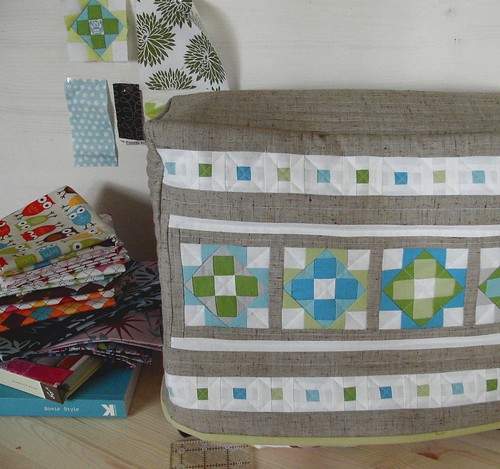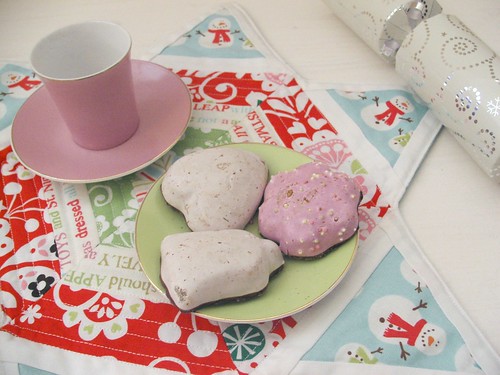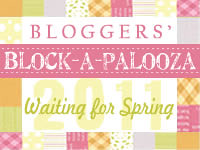
Things you will need for printing:
Squeegee
Old spoons
mixing containers (with lids to store any leftover ink)
SOFT paintbrush
fabric
fabric screenprinting ink
When I had my thermofax screen made I was advised to use the long white squeegee in the photo above. It is a bit like a window squeegee and has a very flexible edge. The thermofax screen can be damaged easily and this squeegee does not exert much pressure on the screen.
However, I found my printing results were hit or miss (to be honest mostly miss) with this squeegee. When I tried with the more standard screen printing squeegee my printing improved about 100 fold! I use mostly the small Speedball brown squeegee.

Surface for printing.
You get better print results when you print on a slightly soft surface. I copied Celestina Carmen (an absolutely must read blog for any wannabe screen printers out there - it is a mine of information and Tina is fabulous and helps you out with any problems!). I bought a wooden board from the diy shop, stretched some batting over and some canvassy fabric over the top and stapled the lot down.

You have to be quick when screen printing. If the ink dries in the screen it can block the holes making further printing impossible. Work quickly and efficiently. Have everything to hand and wash up as soon as you are finished.
It is useful to have a packet of baby wipes to hand to make sure you don't transfer ink all over the place. Cover the surroundings with newspaper and make sure you have plenty of space to hang prints to dry.
To wash up a thermofax screen use COLD water only! Hot water will damage the screen. Use a SOFT paintbrush to clean the screen and a few drops of washing up liquid. Then you can use warm water to wash your hands and the squeegee!

To start printing is fairly easy. You don't need too much either. It is not very expensive to get a thermofax screen made. It is easier to get started using these screens than normal screen printing. Craft Chi sells custom made screens on etsy and in Germany you can get them made here.









Comments (11)
January 25, 2010 at 2:16 PM
DEFINITELY interested!
January 25, 2010 at 2:43 PM
Totally interested! My little one " needs" one in something...I'm sure of it!
January 25, 2010 at 3:08 PM
I didn't realise that these fabrics, which you sent with your fabrics for the Bee Europa bee, were printed by you. They're very cute. I forgot to tell you that I mistakenly left out a couple of pieces of left over fabric when I sent your blocks back.
January 25, 2010 at 3:30 PM
Thanks for the info on the printing process. I'm looking forward to seeing your photos of the process too.
January 25, 2010 at 3:47 PM
very interesting.... i often think the last time about homemade fabric...
thank you for the interesting link...
i will think about this....
greetings
stella
January 25, 2010 at 3:50 PM
Great informative post!! I love the little robots in the mini quilt you sent me. I had no idea screen printing has gotten so much easier this days!! I worked on screenprinting in the 90's in college and it was yucky and so toxic I didn't want to do it again. Thank you!
January 25, 2010 at 6:34 PM
Ha! I use my old baby spoons for screen printing too! I didn't know anyone sold pre-made screens on Etsy. Cool. I was wondering when someone was going to do that.
January 26, 2010 at 7:57 AM
I print sometimes too. I am still looking for someone who likes to do a hand printed fabric swap - maybe you want to swap?
http://flohstiche.blogspot.com/2009/10/druckaustausch-hand-printed-fabric-swap.html
January 26, 2010 at 10:47 AM
There must be a psychic connection here somewhere. I was just thinking today that I need some more of your robot patches. I loved the last lot you sent.
I went to your Etsy shop but it said you were sold out. Can you email me about a custom order?
Cheers
Viv
February 8, 2010 at 12:24 PM
It is not the surface but the printing machine that gives clear and sharp pictures. Screen printing is great for textiles. The best feature of thermofax is you can get the printout produced on paper from a photocopy of original artwork,printed with natural dye extracts thickened with gum tragacanth. You can by virtue of thermofax method, deal with not only photocopies, which are carbon based, but also direct methods such as drawing with carbon based Indian inks, black crayons and even newspaper images can be used to create the original one.
Printing Machines
November 27, 2012 at 10:25 AM
This is awesome. But i need a Plastic cards printing machine, where i can get the best one?
Post a Comment